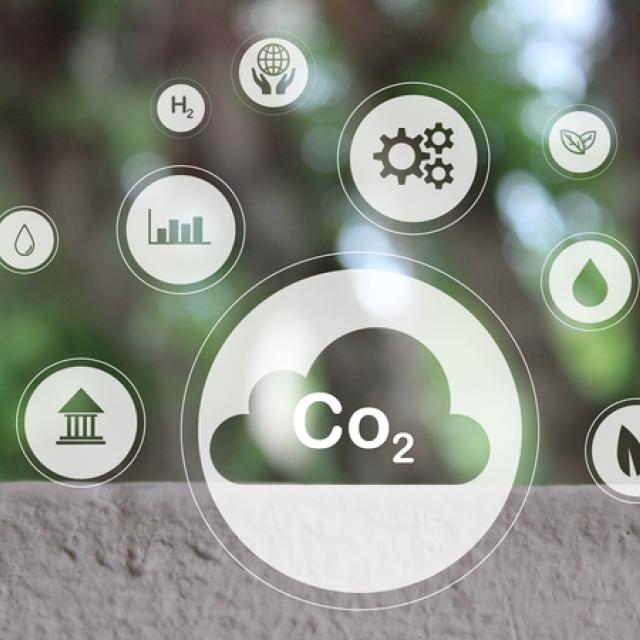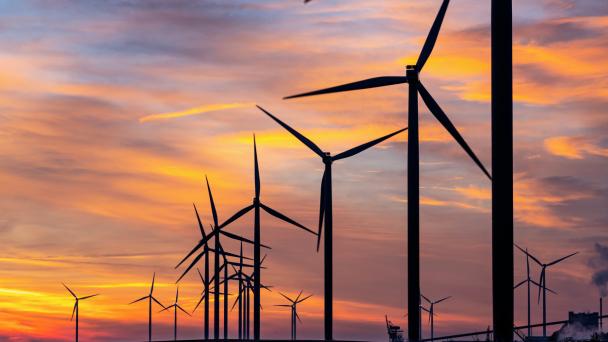Co-constructing climate-health knowledge with informal outdoor workers in urban Vietnam


The article was first published in SRA's Research Matters – December 2023 edition, click here to read the article.
The UK has set legally binding targets to become net zero by 2050. Every industry has a part to play in decarbonisation, and the survey industry is no exception. The research industry has already started to mobilise to reduce emissions. For example, the Market Research Society (MRS) has launched its Net Zero Pledge, a voluntary scheme whereby research agencies commit to reach net zero by 2026. UK research and Innovation (UKRI) is due to launch its Environmental Concordat in 2024. This concordat will be a voluntary programme by which research providers can pledge to publish details on their emissions, make public commitments for reductions and share best practice.
Both programmes are to be commended. Hopefully, the number of research agencies subscribing to these or similar schemes, will continue to increase. That said, I believe practitioners who work in the survey industry should be doing something more specific. Current programmes tend to follow a similar format: estimate an organisation’s total emissions, publish the results, and commit to common ameliorating steps such as improving building efficiency, reducing office-waste or investing in carbon offsetting. These are all positive actions. However, they are the type of action that could be taken by any industry.
To date there is a dearth of published data showing how different survey designs generate different levels of emissions. As a survey methodologist, I strongly believe we need to generate this data so that commissioners can make fully informed decisions about the environmental trade-offs involved in different survey methods. I also believe that environmental impact should become another factor methodologists refer to when discussing total survey quality.
An obvious example of how different survey designs lead to different emissions is mode choice. Face-to-face interviewing methods have high response rates, but they also involve interviewers clocking up many hundreds (if not thousands) of car miles. In contrast, telephone interviewing and web modes have lower emissions. But the trade-off is a lower response rate and potential decreases in data quality.
Even within face-to-face designs there are many factors that influence mileage. These factors include how addresses are clustered during sampling, the maximum number of visits interviewers are expected to make to an address, the efficiency of contact patterns (that is, how often trips results in contact) and whether alternative modes of interviewing are permitted once initial contact is made (for example offering video interviews if a respondent agrees to be interviewed at a later date). Leaving the mileage issue aside, there are plenty of other design choices that affect the overall level of emissions a survey produces. The volume of printed materials and the type of incentive offered will affect emissions. Even the number of email reminders sent will have some impact because of the energy required to store these emails on servers and data centres. As an industry we need to get better at understanding how our design choices affect emissions and sharing this information to inform practice.
I had the pleasure of hosting a session at ESRA 2023 on opportunities to reduce emissions at each stage of the survey cycle. The aim was to encourage an exchange of ideas on what different stakeholders could do to address emissions through survey design and research governance. Various suggestions were made, including embedding environmental considerations into existing ethical review procedures, attempting to calculate survey level emissions, and sharing data on this area more widely. One proposal was that more process data could be shared within the survey industry (for example on number of trips, mileage, number of mailings). This would make it possible for future methodologists and commissioners to assess these factors alongside existing quality markers such as response rates. Ultimately it will improve our understanding of the trade-offs involved in different designs.
I hope that this inspires you to think about how you can reduce emissions on the surveys you work on in 2024 and beyond.




Receive a regular update, sent directly to your inbox, with a summary of our current events, research, blogs and comment.
Subscribe